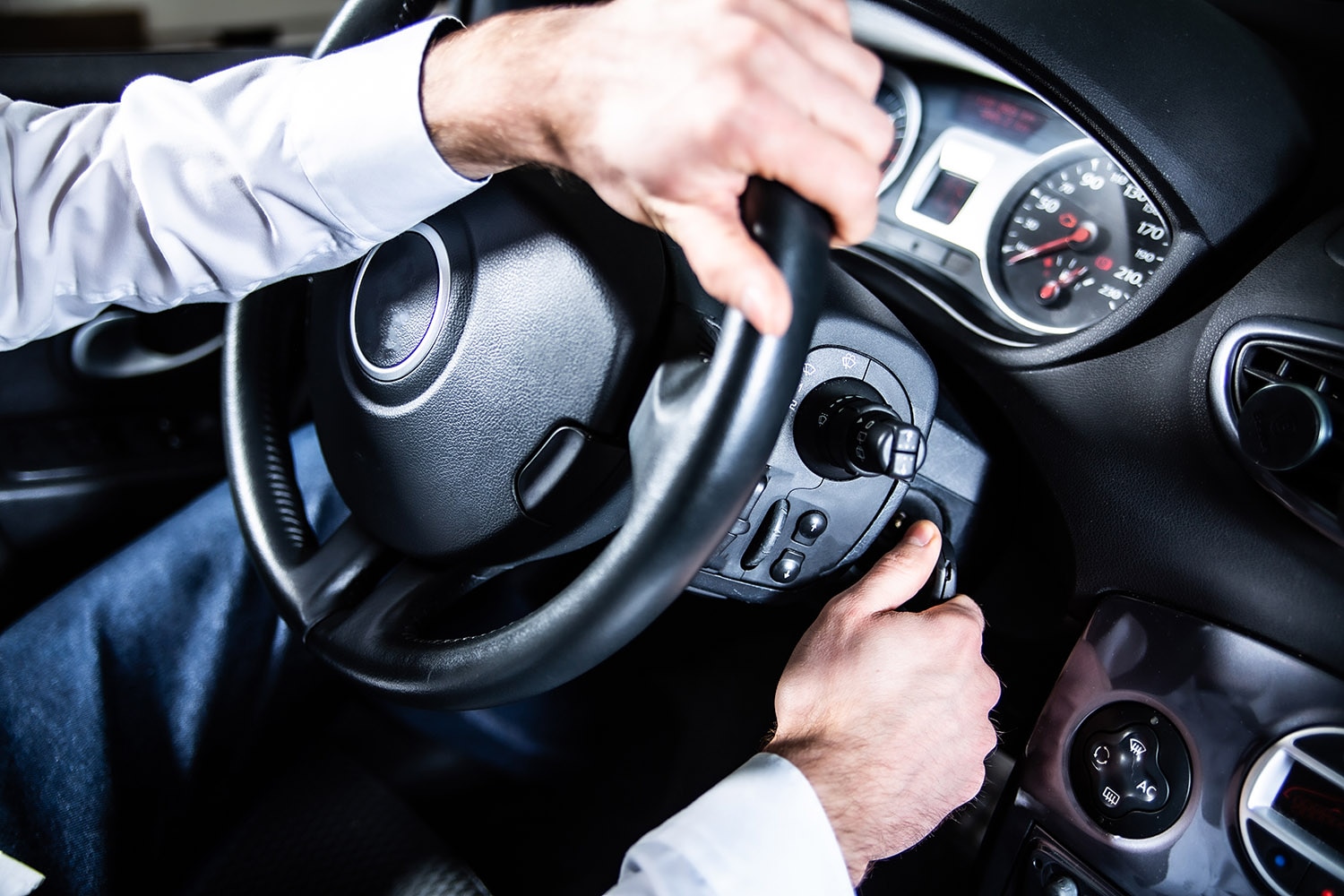Should You Install an Immobilizer in Your Car?
This anti-theft technology can help protect your vehicle against casual and professional thieves.
 Shutterstock
Shutterstock
Car theft is a persistent threat. The National Insurance Crime Bureau in a recent analysis found that more than 1 million vehicles were stolen across the United States in 2022 alone. As automotive tech evolves, so do the methods of car thieves. In 2022 and 2023, there was a high-profile rash of thefts fueled by a viral TikTok trend that targeted certain Kia and Hyundai models because they lacked a factory-installed theft-prevention mechanism called an immobilizer.
If you own a Kia or a Hyundai, or if you're simply concerned about the security of your car or truck, don't worry. You can add an immobilizer to almost any vehicle. Here's a look at the ins and outs of this anti-theft technology.
What Is an Immobilizer?
An immobilizer is a device that prevents a car's engine from running unless a specific key or fob is present. The system typically functions by communicating with a computer chip, which then grants the ignition system permission to activate. The goal is to prevent vehicle theft by adding an extra layer of security for criminals to get past.
Car thieves can be resourceful, but they can also be pragmatic. They'll usually look for the easiest theft targets available and aim for a quick score with minimal risk. By adding an extra area of defense with an immobilizer — advertised via a sticker on the window — you could make your vehicle less enticing when it's parked in a row of other potential targets.
Choosing a Car Immobilizer
There are two main types of car immobilizers: passive and active. A passive immobilizer system activates itself automatically when you shut off the ignition, going into service immediately without you having to push a button or flip a switch. An active immobilizer must be intentionally turned on.
Why might you want the extra work of an active immobilizer? If there are any problems with the system, you can switch the immobilizer off and use your vehicle without it until you can get it fixed. With a passive system, there's a chance you might be unable to start your car if the immobilizer system malfunctions. An active system can also be a simpler option for older vehicles that have more basic ignition and electrical systems.
Installing an Immobilizer in Your Car
Installing a car immobilizer is not a trivial task. It requires a certain level of comfort with a vehicle's electronic systems, as most immobilizer kits must be wired into the ignition circuit and then set up using the manufacturer's instructions. Some active immobilizers function as kill switches that simply cut power to the vehicle's fuel system or electronic control unit, which can make for simpler installation. That said, it's still usually best to find a technician who can install a kill switch or immobilizer cleanly, given the risk of damage to other vehicle systems. The cost to have an immobilizer installed typically ranges between $50 to $160.
Written by humans.
Edited by humans.
 Benjamin Hunting
Benjamin HuntingBenjamin Hunting is a writer and podcast host who contributes to a number of newspapers, automotive magazines, and online publications. More than a decade into his career, he enjoys keeping the shiny side up during track days and always has one too many classic vehicle projects partially disassembled in his garage at any given time. Remember, if it's not leaking, it's probably empty.
Related articles
View more related articles